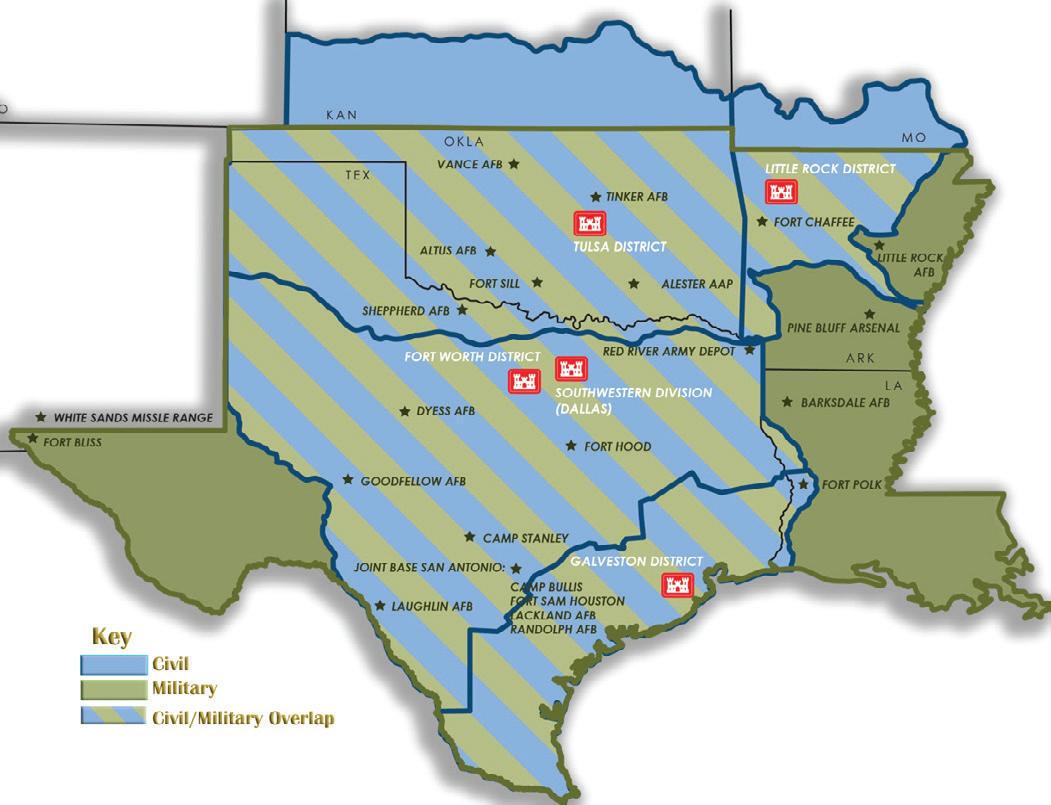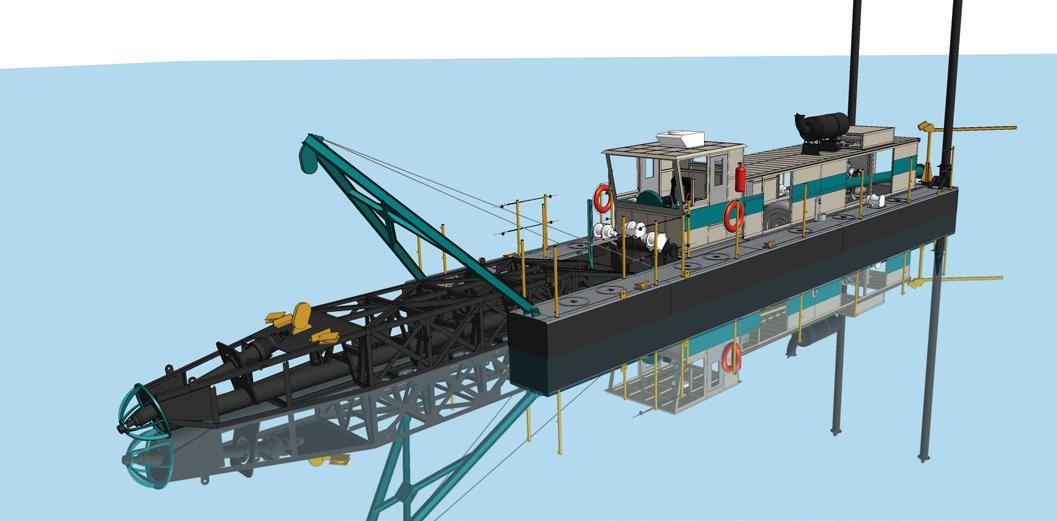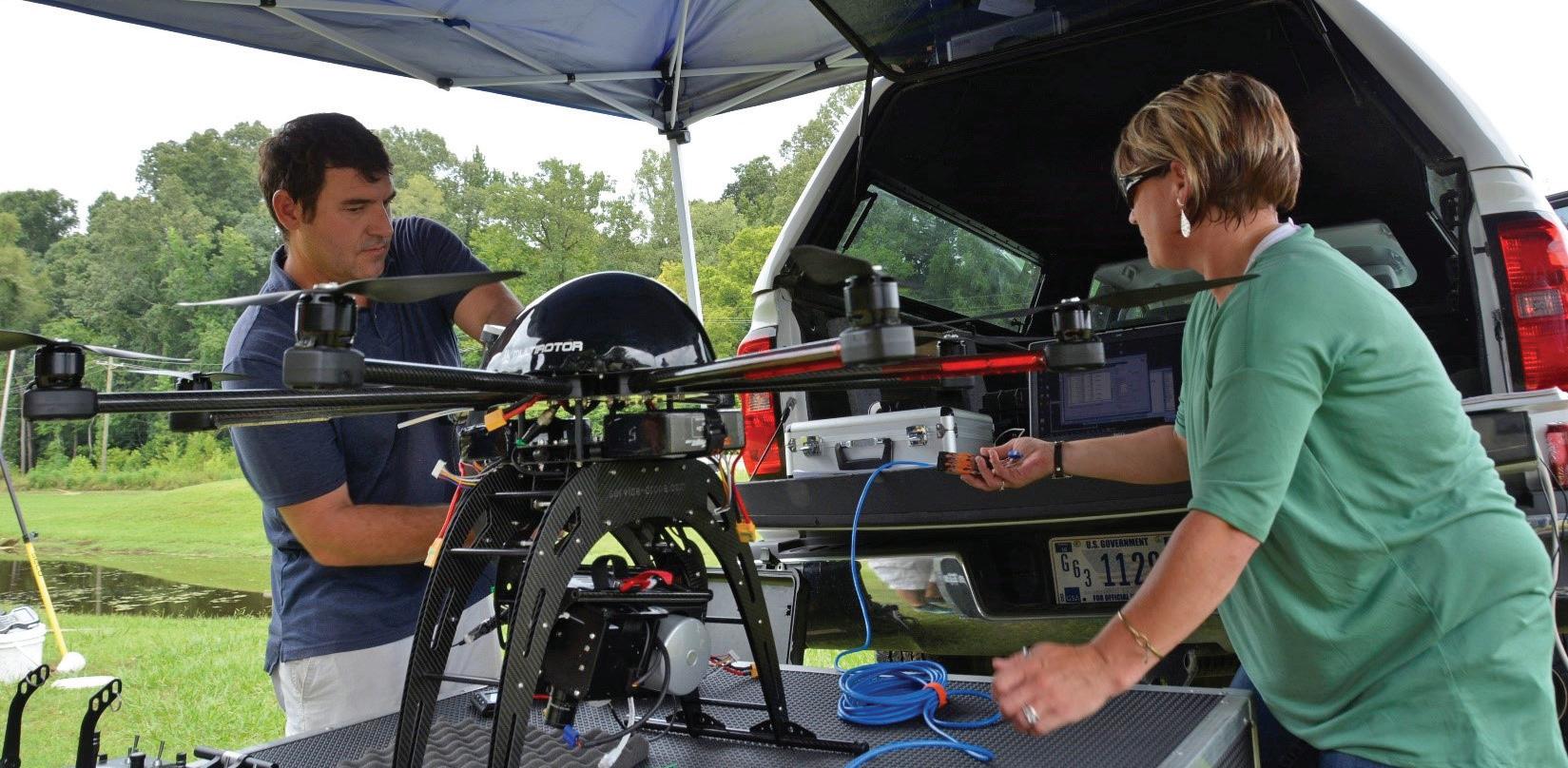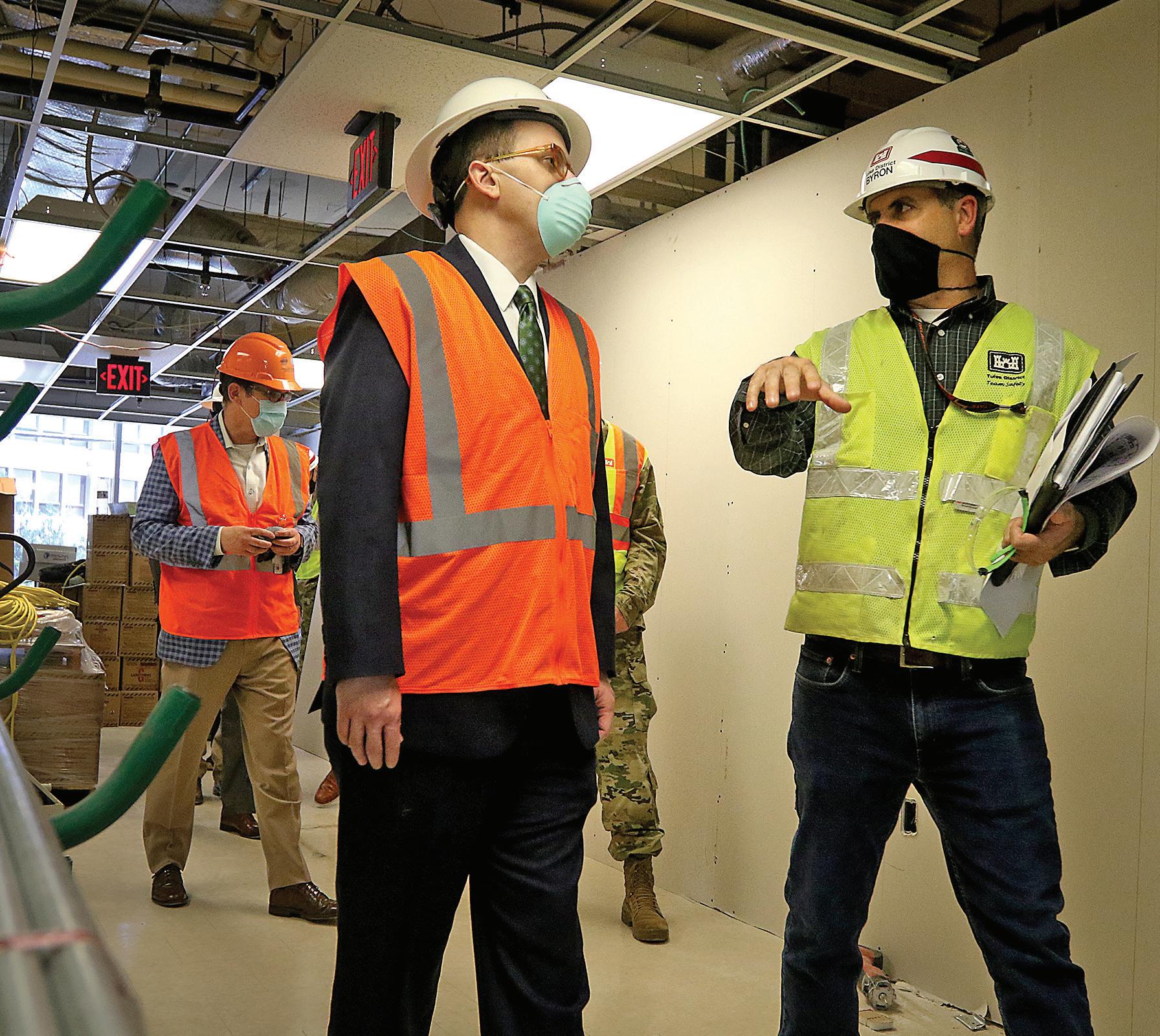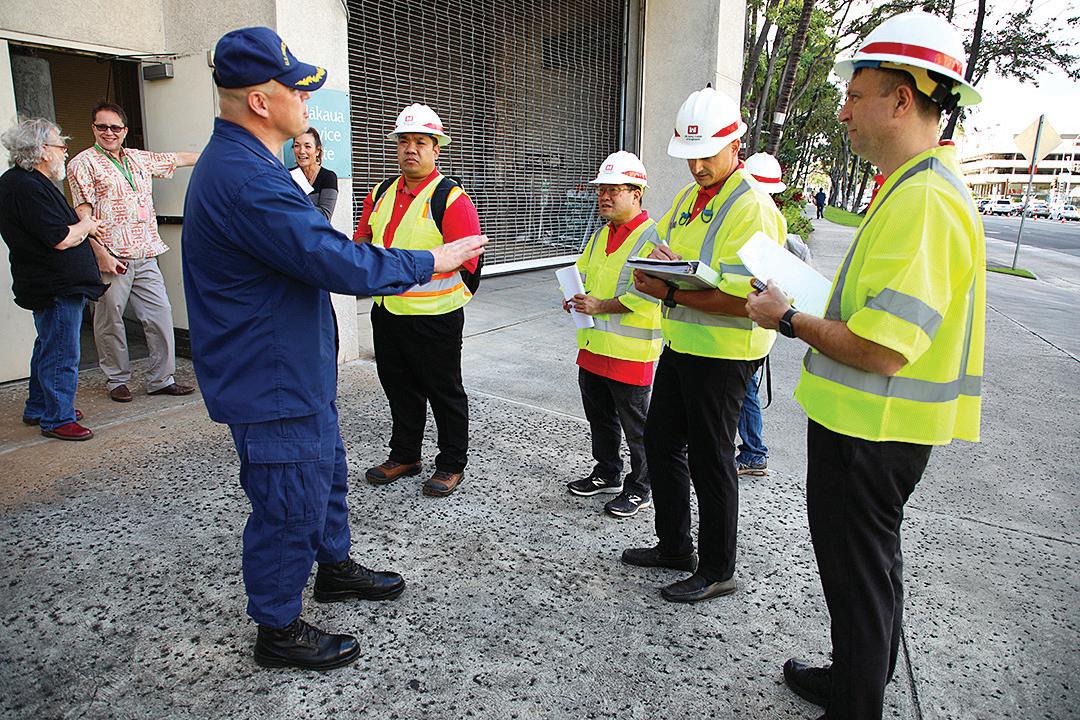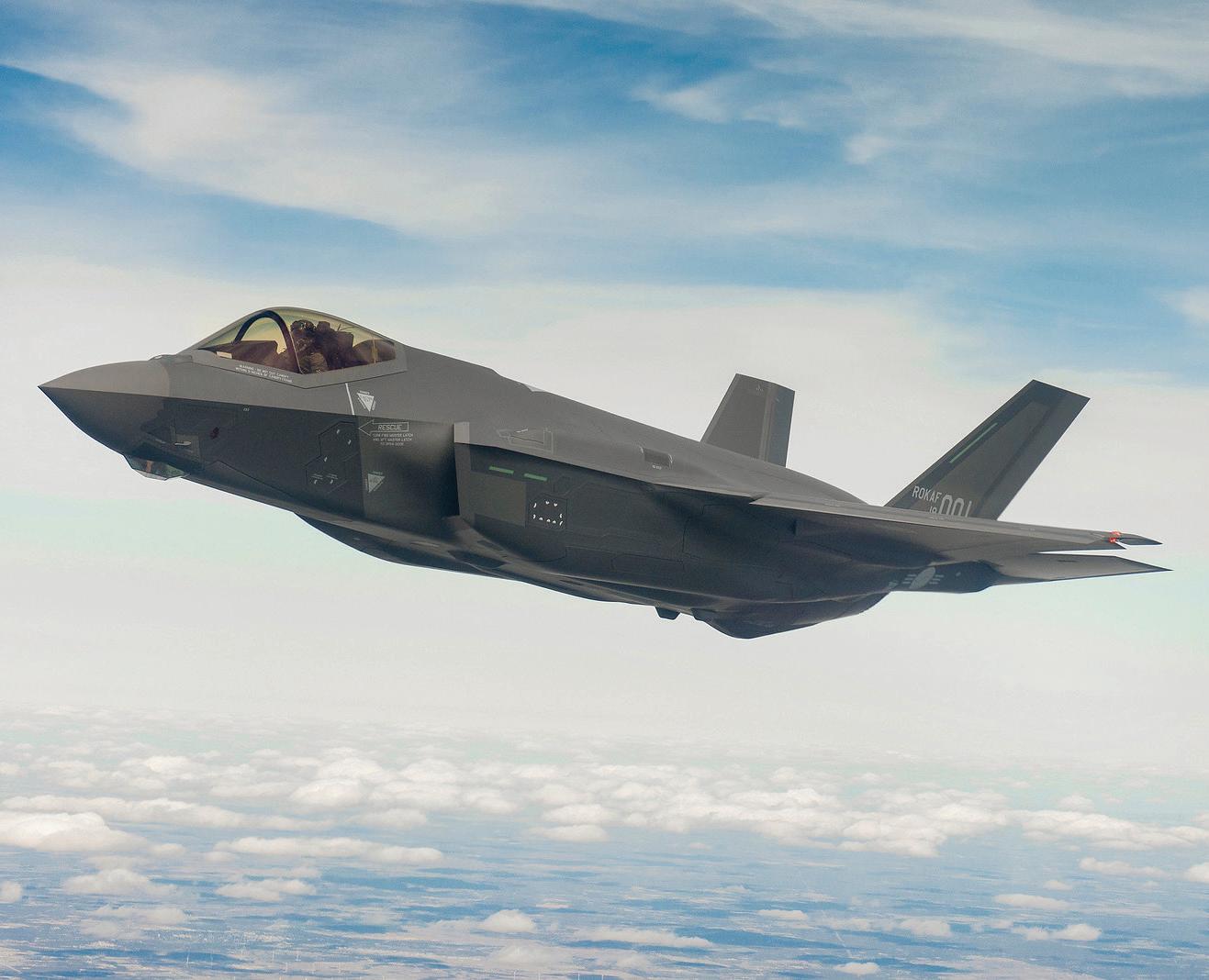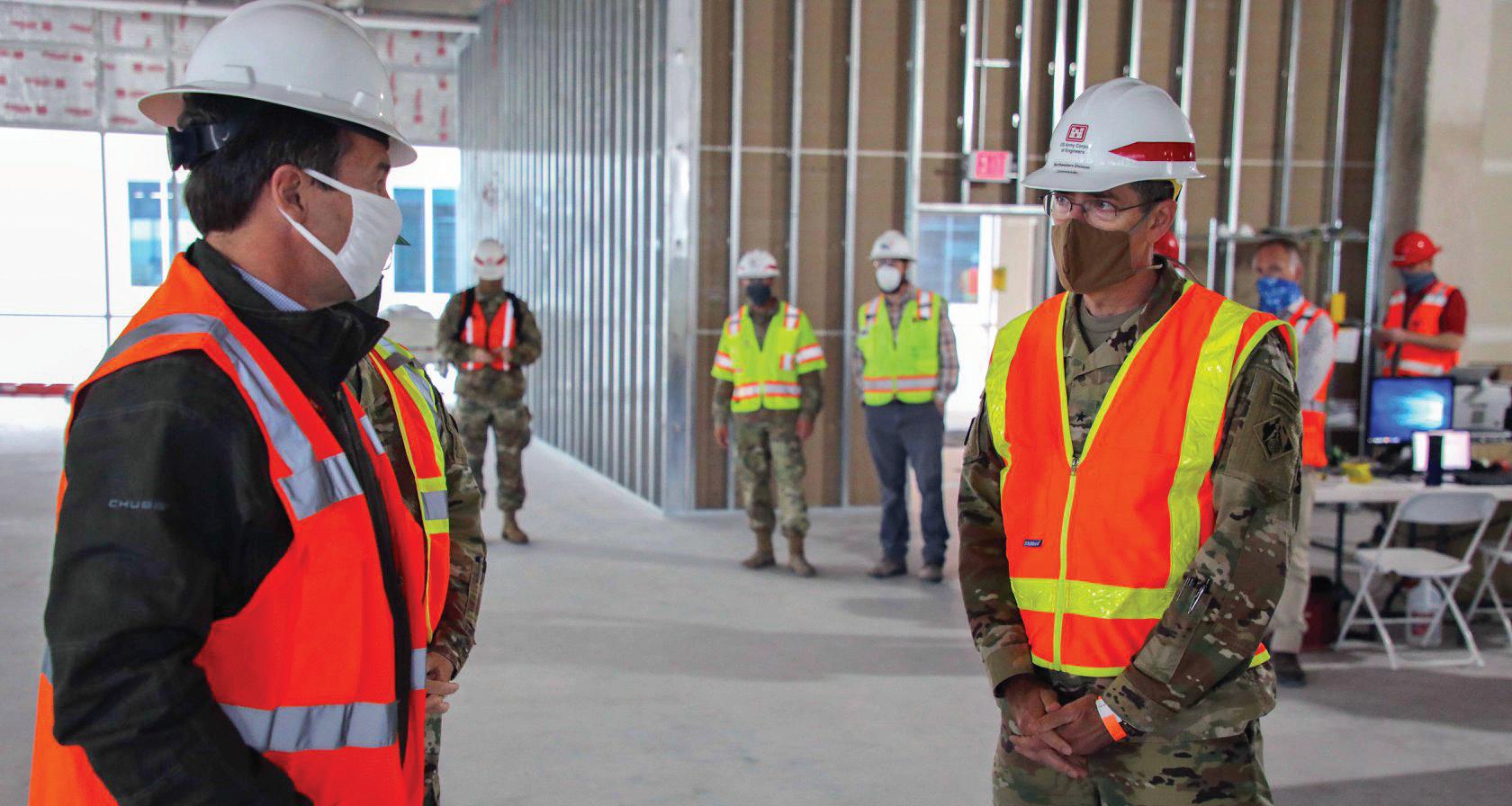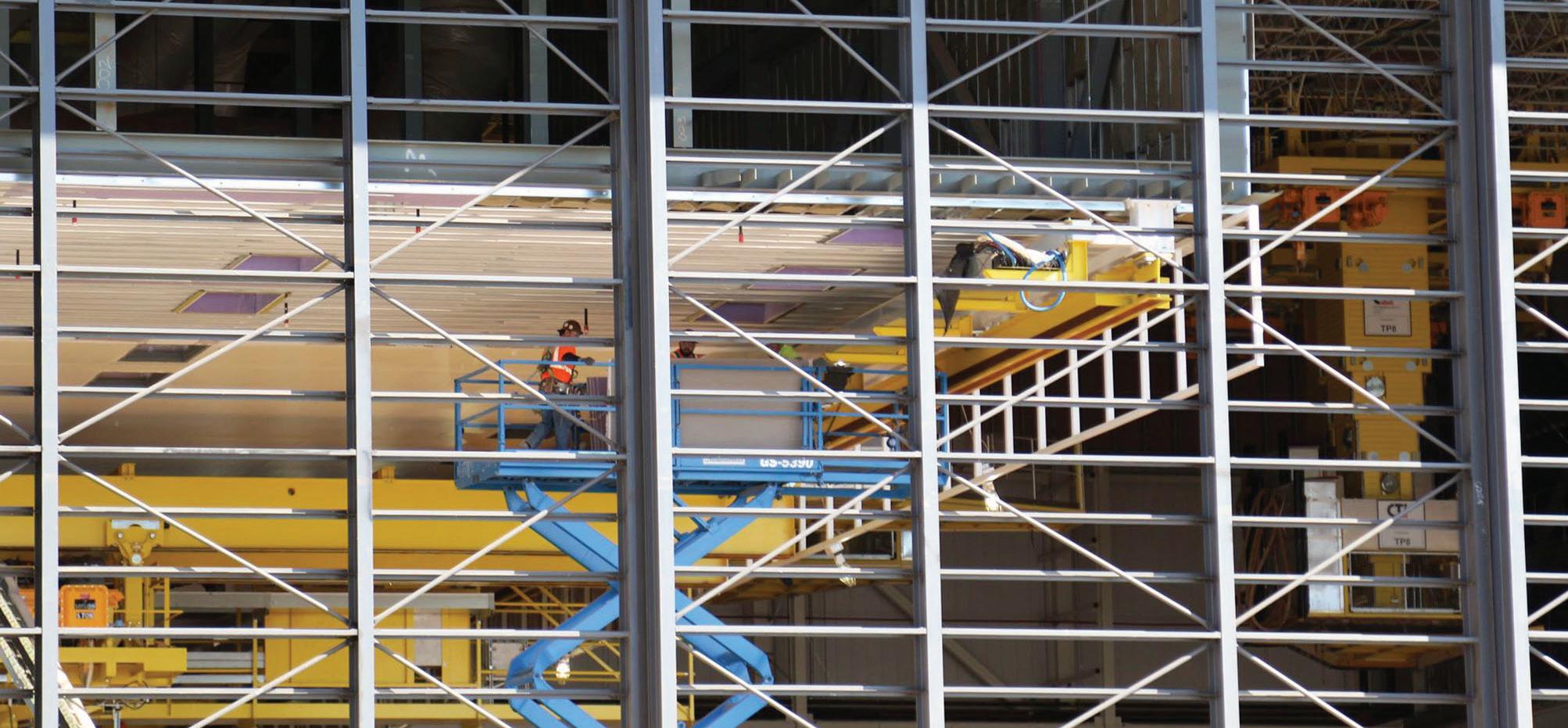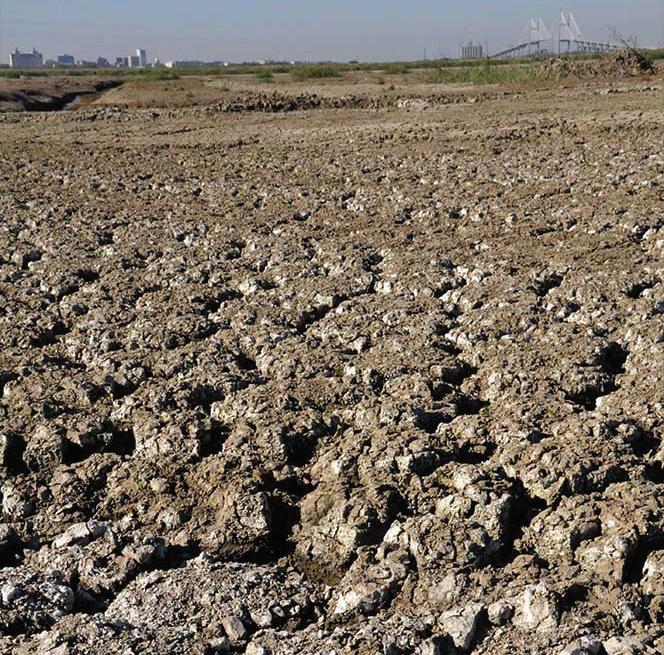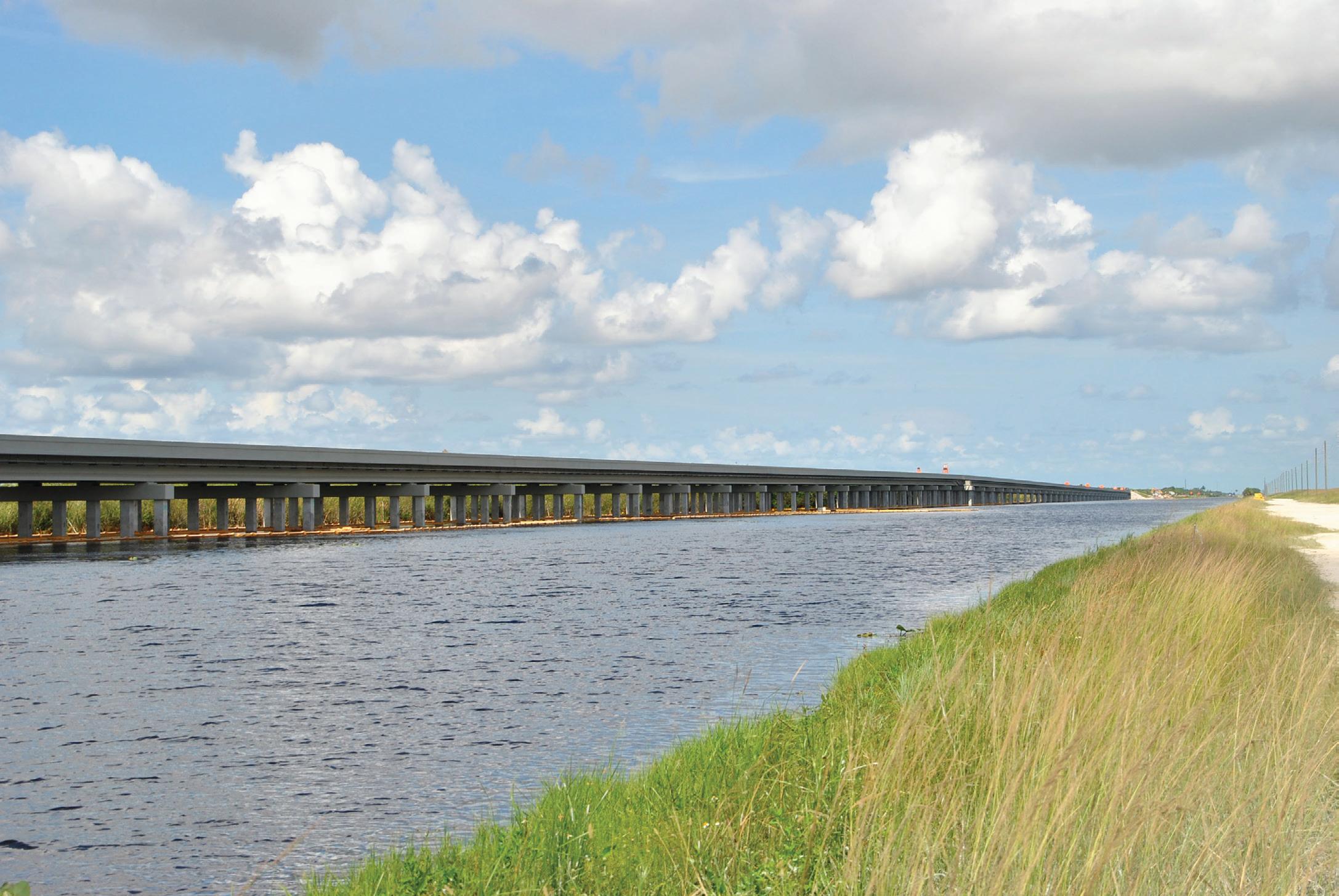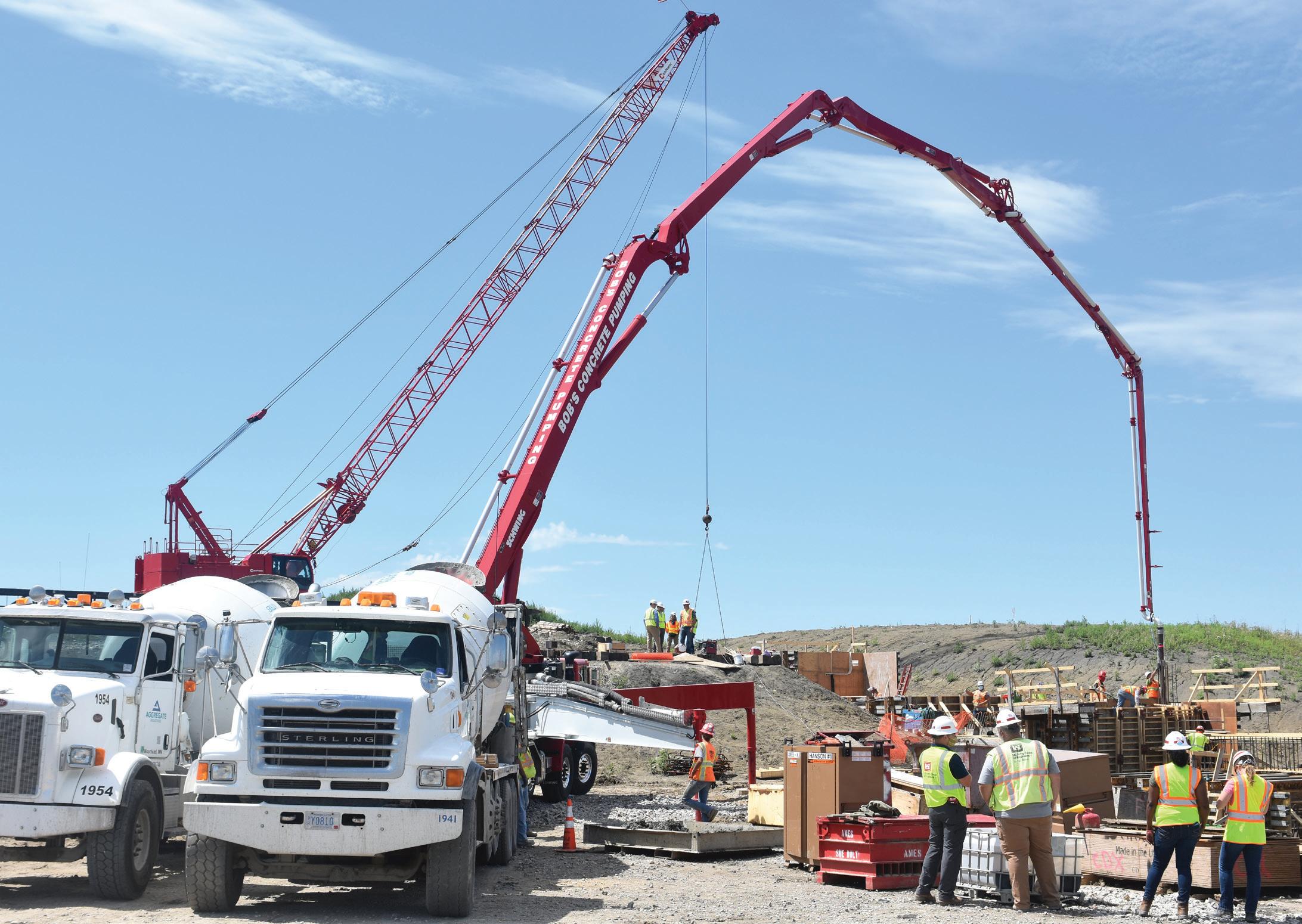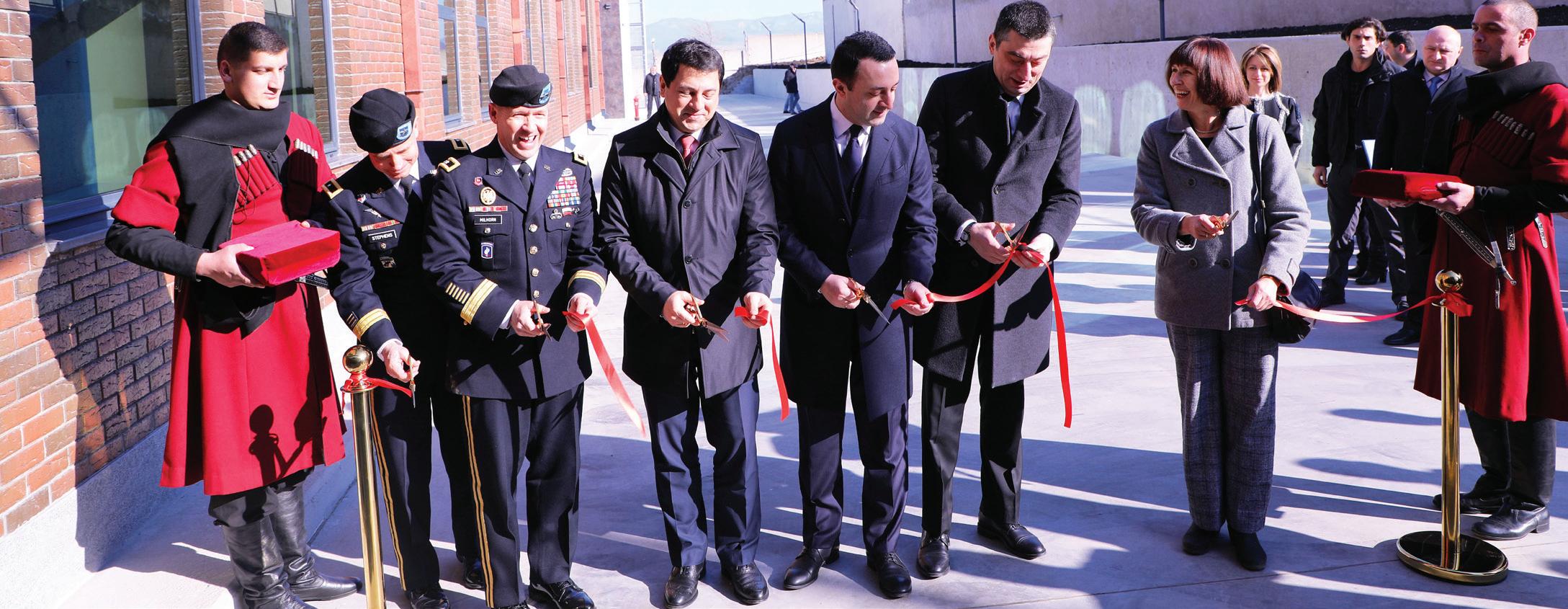As the diversion inlet construction makes noticeable strides, the Wild Rice River structure is also making progress. Williams said the U.S. Army Corps of Engineers (USACE) and its contractor, Ames Construction, are taking lessons learned from constructing the diversion inlet and incorporating them into the Wild Rice structure. The contractor has excavated approximately 100,000 of the required 800,000 cubic yards of soil in preparation for the foundation and concrete work. Williams said she estimates that both the diversion inlet and Wild Rice projects will be finished in 2023. USACE is also preparing to award three additional construction projects in 2021: construction of the first segment of dam embankment; the Interstate Highway 29 road raise; and the Drain 27 wetland restoration project. While USACE continues its efforts to design and construct the southern embankment or dam features of the project, it is also working with its partner, the FM Diversion Authority, on finalizing the public-private partnership procurement for the design, build, finance, operation, and maintenance of the 30-mile-long diversion channel. This public-private partnership delivery method allows a contractor to help fund and build the diversion channel faster than traditional construction methods. “The Corps and the Diversion Authority are working collectively to implement this $2.75 billion project,” Williams said. “This approach helps the community receive benefits from the project faster and at a lower cost.” Williams said the goal is to have the entire project completed in 2027. Once finished, she said, the project will not only protect the people within the metropolitan area but also the economic center of the region and the state of North Dakota. “We talk about this being a regional project and important to the economy, but when you drill down to what it means to a family in the area,” she said, “it means that they will be able to go about their normal lives in the spring – their city will not have to shut down to flood-fight.” Duane Perkins, St. Paul District lead structural engineer for the project and Breckenridge, Minnesota, native, said he understands what it’s like to deal with flooding. His family home was flooded by the Red River of the North in 1997. “The fear starts somewhere in December or January, when you start seeing heavy snowfalls,” he said. “People start getting worried about how the spring is going to look, whether or not there will be a flood.” He added that the project, once complete, will eliminate a lot of those concerns. “Not having to buy flood insurance, not having to volunteer to fill sandbags for weeks on end, and no longer worrying about the city flooding and people potentially losing their jobs,” he said. “That’s a whole other level of stress that hopefully will be taken care of with this project.” n
USACE PHOTO BY PATRICK MOES
MISSISSIPPI VALLE Y DIVISION
St. Paul District employees discuss safety considerations during a morning meeting at the construction site near Horace, North Dakota, July 27, 2020.
39

